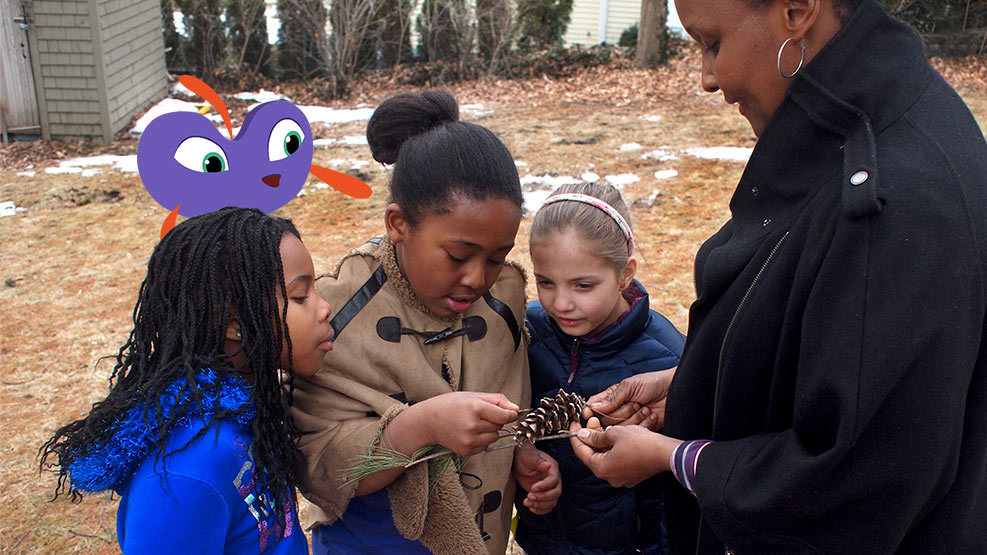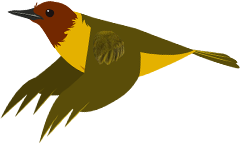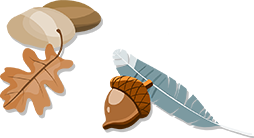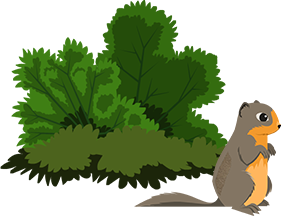How to Explore Nature Outdoors

You don't need to be a hiker to get outdoors and explore with your family, and there's no need to make a special trip to find nature: you'll find it right out your front door, from the red-tailed hawks patrolling the city to the dandelions poking through cracks in the sidewalk. Step outdoors, look around, ask a few questions, and let your child take the lead!
Walk and Talk
Take a stroll and talk about the plants and animals that call your neighborhood home. Where do the squirrels find food? Where do they sleep? How far do a tree's roots reach?
TIP: Let your kids answer your questions. Kids love to share their knowledge with grownups, and it can give them a special thrill to think they know something you don't!
You don't need to have answers. Science is about asking questions, wondering, and exploring your ideas. Let your child see and hear you being curious. Ask questions starting with "I wonder..." or "Why do you think..." or "How..." These types of questions promote scientific thinking and reasoning.
TIP: Not knowing answers is also a great reason to visit your local library. Of course, you can quickly find answers online, but libraries introduce kids to the world of books and help them develop a love for reading.
Start a Family Field Notebook
Something as simple as a spiral notebook from the dollar store is a great place to record and share what you notice about your surroundings. TIP: Have your kids decorate and name it, and keep it in a common area so everyone can make entries in it. Encourage your kids to draw or write about the exciting things they find outdoors, such as a beautiful feather or a pattern in the clouds. You might even start a new tradition, such as reading out loud from the notebook every Friday evening.
Watch the calendar and keep your eyes on the sky
Nature is full of cycles, from the passing of the seasons to the phases of the moon. On the first of each month, jot down when the sun came up and what time the sun began to set. How light was it at 6 pm? What was the weather like? Do the same thing on the first day of summer, fall, winter, and spring. Make comparisons. When did the sun set on May 1? June 1? Keep track of these milestones on a chart in a common area of your house, such as the kitchen.
Don't be afraid of the weather
Rainy or snowy day? No worries! Grab an umbrella or bundle up and get outside with your kids. On rainy days, look at sidewalks for earthworms or slugs. Roll rocks and logs over to see what is living underneath. On snowy days, watch for animal tracks--dogs, squirrels, and rabbits all leave tell-tale tracks. Follow them to see where they came from or where they go.
Adopt a tree, shrub, or other plant in your neighborhood
What do its leaves and stems look like? Does it have buds? Flowers? Visit the plant once a month and jot down what it looks like in your Family Field Notebook. Take pictures of it and paste those in your notebook, too. Draw the big-picture view that includes the whole plant, and draw the up-close view of different parts of the plant.
Fantastic adventures, marvelous missions, both online and outdoors--PLUM LANDING is designed to help kids develop a love for, and connection to, this amazing planet we call home.





